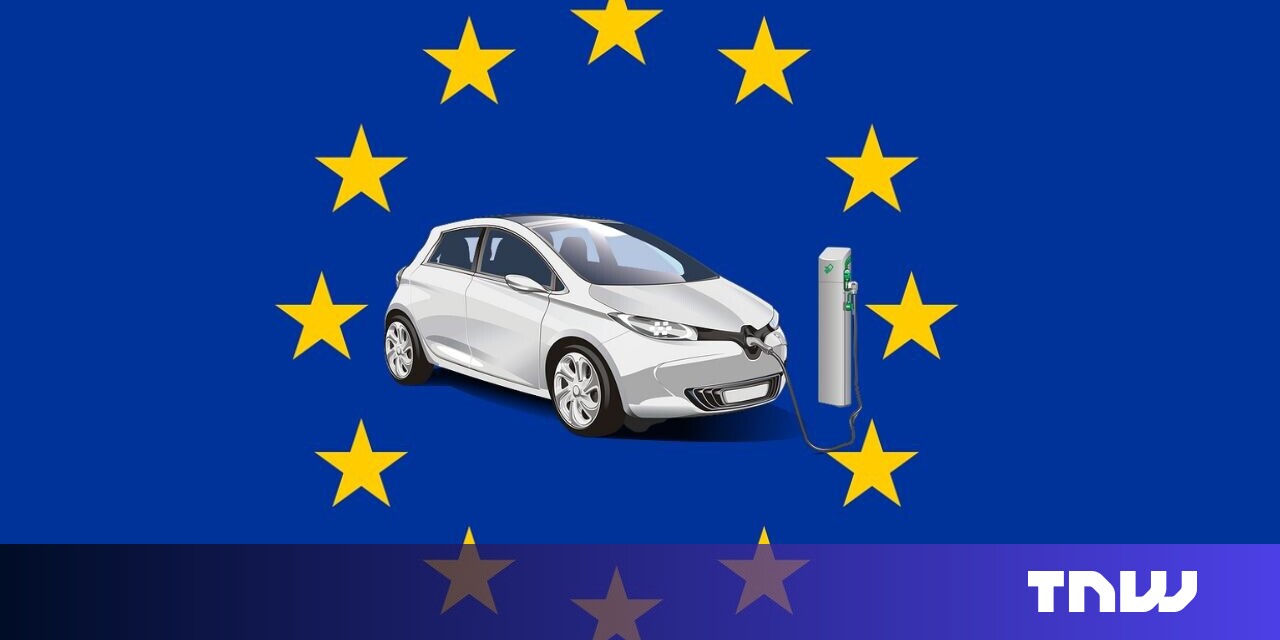EU's EV Battery Future: A Critical Juncture
The European Union stands at a critical juncture in its pursuit of electric vehicle (EV) dominance. Ambitious targets for EV adoption necessitate a parallel leap in domestic battery production, a challenge fraught with complexities ranging from raw material sourcing to technological innovation and geopolitical considerations. This article delves into the key factors shaping the EU's EV battery future, exploring both the opportunities and the hurdles ahead.
The Race for Battery Supremacy: Why it Matters for the EU
The EU's ambitious goal of becoming a global leader in the EV market hinges on securing a reliable and competitive battery supply chain. Currently, Asia, particularly China, dominates the global battery production landscape. This dependence presents a significant vulnerability, exposing the EU to supply chain disruptions, price volatility, and potential geopolitical leverage. Building a strong domestic battery industry is therefore not just an economic imperative but a strategic necessity for the EU's long-term energy security and technological independence.
Key Challenges Facing the EU's Battery Production Goals:
-
Raw Material Dependency: The EU faces significant reliance on imports for critical raw materials like lithium, cobalt, and nickel, primarily from countries with questionable environmental and social practices. Securing sustainable and ethical sourcing is paramount to maintaining the EU's commitment to green technologies. This involves:
- Investing in exploration and mining within the EU: This requires navigating environmental regulations and public acceptance of mining projects.
- Strengthening partnerships with reliable suppliers: Diversifying sourcing and forging strong partnerships with ethically-minded producers outside the EU are crucial.
- Developing recycling technologies: Recycling spent batteries is essential for reducing reliance on primary raw materials and minimizing environmental impact.
-
Technological Innovation: The battery technology landscape is constantly evolving. The EU needs to invest heavily in research and development to stay at the forefront of innovation, particularly in areas such as:
- Solid-state batteries: These offer the potential for higher energy density, faster charging, and improved safety.
- Next-generation battery chemistries: Exploring alternative materials and chemistries to reduce reliance on scarce and ethically problematic materials.
-
Infrastructure and Investment: Building a robust battery manufacturing ecosystem requires substantial investment in:
- Gigafactories: Large-scale battery production facilities are crucial for achieving economies of scale.
- Supporting infrastructure: This includes the development of skilled workforce, reliable energy supply, and efficient transportation networks.
- Attracting private investment: Creating a favourable regulatory environment and incentivizing private investment are essential for accelerating the build-out of battery production capacity.
Policy Initiatives and Strategic Partnerships:
The EU has implemented several policy initiatives to support its battery ambitions, including:
- The EU Battery Regulation: This regulation aims to standardize battery production and end-of-life management, promoting sustainability and circularity.
- Strategic partnerships with other countries: Collaborating with key raw material suppliers and technology partners outside the EU to secure access to resources and expertise.
- Financial support for research, development, and deployment: Significant funding is being channeled towards battery innovation and manufacturing.
Conclusion: A Path Forward
The EU's journey towards EV battery self-sufficiency is a complex undertaking, requiring coordinated action across multiple sectors. Addressing the challenges related to raw material sourcing, technological innovation, and infrastructure development is vital for achieving the ambitious goals set forth. However, the potential rewards – enhanced energy security, economic growth, and a leading position in the global EV market – make this a strategic priority worth pursuing. The success of this endeavour will ultimately shape not only the EU’s automotive industry but also its broader position in the global green energy transition. Further research and transparent policy implementation are key to navigating this critical juncture successfully.

